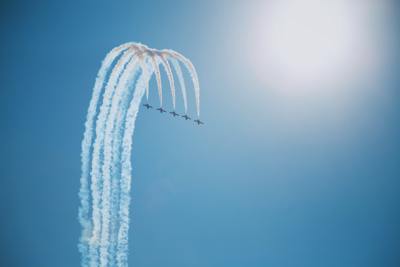I’ve been asked a few times this week what team effectiveness really is (thanks to the brave souls who have admitted it’s a minefield). So I thought it’s time to put together a brief article on this.
WHAT IS IT?
The widely accepted definition of team effectiveness is: the capacity a group of individuals has to accomplish their shared goals and objectives.
Simple hey?
Well, if only it was that simple. As we all know, from working in teams, being part of sports teams or social groups, even that pub quiz team, there are often many influences at play.
These include each individual’s own needs and own goals; social interactions among group members; cultural background; diversity of experiences and ways of thinking; clarity of roles and responsibilities; level of commitment to the group’s purpose; and resource constraints and access.
HOW CAN WE BE BETTER AT IT?
First comes the recognition that things could be even better than they are today. And this may be highlighted by a significant change in goals, expectations or make up of a team, or by things not working as well as you think they could.
Then it’s useful to leverage a well-researched and practical team model, as a good place to begin the conversation.
Having used a number of different team models to help senior leadership teams, I keep returning to the well-known and straightforward Lencioni’s Five Dysfunctions of a Team. He illustrates these in a pyramid, starting at the bottom of the model. Characteristic of a pyramid is that all underlying layers must be supported sufficiently before they can be constructed. The bottom layer of the pyramid is the largest and therefore also the most important. However, in order for a team to function effectively, it is important that all levels and requirements are fulfilled.

There is no avoiding the time and energy required to build a high-performing team. Yet research published by McKinsey (High-performing teams, June 2017) suggests that executives are five times more productive when working in one than they are in an average one.
Based on Lencioni’s model, to gain this advantage teams must:
- Trust one another – when team members are genuinely transparent and honest with one another they are able to build a psychological safe environment
- Engage in Conflict around ideas – when there is trust, team members are able to engage in unfiltered, constructive debate of ideas
- Commit to decisions – when team members are able to offer opinions and debate ideas, they will be more likely to commit to decisions
- Hold one another Accountable – when everyone is committed to a clear pan of action, they will be more willing to hold one another accountable
- Focus on achieving collective Results – the ultimate goal of building greater trust, conflict, commitment and accountability is one thing: the achievement of results
WHAT CAN I DO NOW?
As a first practical step, assess yourself against Lencioni’s Five Dysfunctions. Even better, ask all your team members to assess the team too. To help you do this, below is a link to a short questionnaire which indicates the area of the pyramid to focus your efforts.
And to finish, I’ll leave you with Patrick Lencioni’s quote: “Not finance. Not strategy. Not technology. It is teamwork that remains the ultimate competitive advantage, both because it is so powerful and so rare.”
If you’d like a conversation about your team’s effectiveness, Lencioni’s model, or ways to support building a high-performing team, please do reach out to the team effectiveness experts at Phoenix Evolution.
Photo credit: Takahiro Sakamoto on Unsplash

